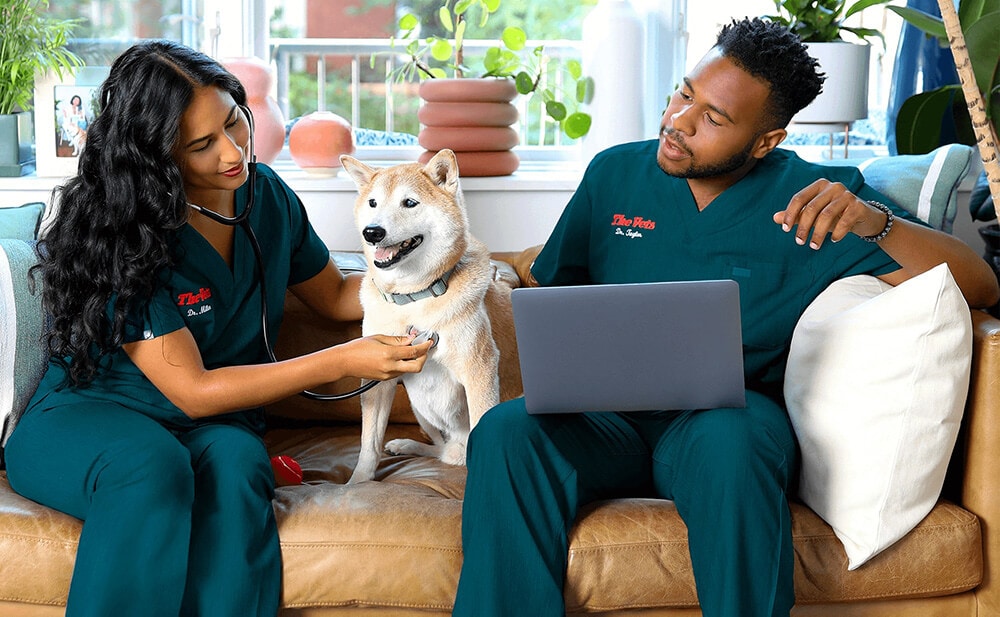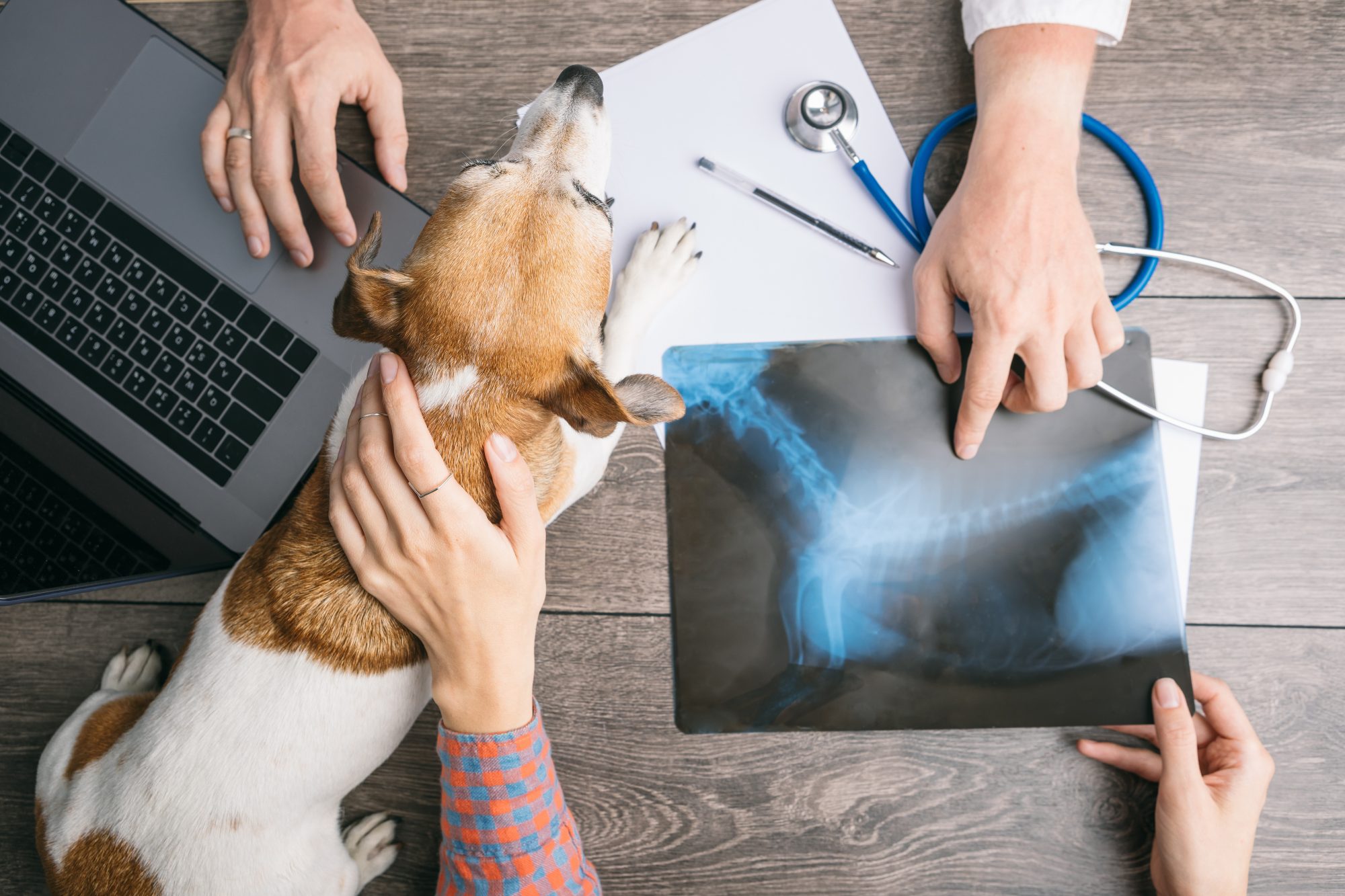FAQs Answered: What Pet Owners Should Know About canine tplo surgery
Wiki Article
All Concerning Vet Surgical Treatment: Understanding the Value of Professional Look After Your Pet dogs
Veterinary surgical treatment is a critical part of family pet healthcare. It incorporates various procedures, from regular elective surgical treatments to urgent interventions. Recognizing the details of these surgical treatments can assist pet dog proprietors make notified choices. The preparation, implementation, and recovery stages are necessary for ensuring the well-being of animals. With proper understanding, owners can browse the complexities of vet treatment. What variables should be considered before a pet goes through surgery?Sorts Of Vet Surgeries
When a pet dog calls for surgical treatment, understanding the numerous sorts of vet surgical treatments can aid pet dog proprietors make informed choices. Vet surgeries can be broadly categorized right into three major kinds: elective, immediate, and emergency situation surgeries. Optional surgical treatments, such as spaying or neutering, are intended treatments that are not quickly deadly. Immediate surgeries, like those for international body elimination, need to be done soon however are not serious in the moment. Emergency situation surgical treatments, such as those resolving severe injury or interior bleeding, are crucial and require immediate attention.Additionally, surgical treatments can vary in complexity, ranging from minimally invasive laparoscopic procedures to a lot more comprehensive open surgical treatments. Each sort of surgery carries its very own dangers and healing procedures. Understanding these groups allows animal owners to participate in significant discussions with vets, bring about much better end results for their precious animals.Getting ready for Your Family pet's Surgical treatment
Preparing for a pet's surgery involves a complete list to ensure all fundamentals are covered. Reliable communication with the veterinarian is crucial for recognizing the procedure and any type of essential pre-operative steps - tplo surgery for dogs. Additionally, having clear post-operative care directions will certainly aid owners provide the most effective assistance for their recouping family petsPre-Surgery Checklist Basics
Guaranteeing a smooth surgical experience for an animal calls for mindful preparation and focus to information. A pre-surgery checklist is crucial for pet owners to comply with. First, verifying the set up surgical treatment date and time is essential. Owners need to likewise validate that their pet dog has not eaten according to the veterinarian's directions, generally for 8-12 hours before surgical treatment. Collecting required medical documents, consisting of vaccination history, is very important for the vet's evaluation. It is additionally advisable to prepare a comfortable room in your home for the animal's healing after surgical treatment. Lastly, owners should have a prepare for transportation to and from the vet clinic, making certain that the pet dog is secure and comfy throughout the trip. Adhering to these steps can significantly improve the medical experience.Interacting With Your Vet

Effective interaction with the veterinarian is vital for an effective medical experience for pets. Proprietors should be prepared to review their animal's case history, consisting of any kind of pre-existing problems, drugs, and allergies. This information aids the veterinarian examine dangers and tailor the medical plan appropriately. In addition, animal proprietors need to ask inquiries regarding the treatment, anesthetic, and anticipated results to ensure they fully recognize the process. Making clear any uncertainties can reduce anxiousness for both the animal and the owner. It is also vital to connect any type of behavior adjustments or issues observed in the animal leading up to the surgical treatment. Inevitably, clear dialogue cultivates depend on and partnership, ensuring that family pets receive the very best possible treatment during their surgical journey.
Post-Operative Treatment Instructions
After reviewing the operation with the veterinarian, pet owners need to concentrate on post-operative care guidelines to assist in a smooth recovery for their pet dogs. These guidelines usually include keeping an eye on the medical website for signs of infection, such as redness or discharge. Animals may require to be kept one's cool and constrained to avoid extreme activity that can interfere with recovery. Pain monitoring is vital, so proprietors should follow the vet's guidance on administering medications. In addition, nutritional constraints might be encouraged to prevent stomach upset. Routine follow-up visits are necessary to assure proper recovery and deal with any kind of issues. By adhering to these post-operative treatment directions, family pet owners can substantially add to their animal's recovery and general wellness.The Surgical Process Explained
The medical procedure for pets includes vital actions that ensure their security and recuperation. Pre-surgery prep work are essential for minimizing dangers, while post-operative treatment guidelines play a crucial function in advertising recovery. Comprehending these parts aids pet owners browse the medical experience much more effectively.Pre-Surgery Preparations
Prior to a pet undertakes surgical procedure, a number of crucial prep work should happen to guarantee a risk-free and successful procedure. A comprehensive vet exam is essential to evaluate the animal's general health and identify any type of potential threats. This may consist of blood tests, imaging, or other diagnostics. The vet will additionally review anesthetic choices customized to the pet dog's certain demands. Additionally, animal owners are normally advised to withhold food and water for a specified time before surgical treatment to decrease the danger of problems during anesthetic. It is essential for owners to provide a full medical history, consisting of any medicines or allergies, guaranteeing the read more surgical team has all required info. Proper communication and adherence to pre-surgery guidelines can substantially improve the result of the procedure.Post-Operative Treatment Standards
Proper post-operative treatment is crucial for making certain an animal's healing complying with surgical treatment. After the treatment, pet dogs should be monitored very closely for any type of indications of problems, such as excessive blood loss, swelling, or unusual actions. It is vital to comply with the veterinarian's instructions pertaining to medicines, including painkiller and prescription antibiotics. Pet dogs should be kept in a peaceful, comfy environment to minimize stress and promote recovery. Restricting activity is important; short, leashed walks may be essential, yet jumping or running need to be prevented. Regular follow-up appointments must be scheduled to evaluate the healing procedure. Furthermore, the medical site should be maintained clean and completely dry, with any kind of signs of infection reported to a veterinarian immediately. Abiding by these standards enhances healing results.Anesthesia and Pain Administration
Effective anesthetic and pain management are crucial components of vet surgical treatment, ensuring that pet dogs continue to be comfy and secure throughout the procedure. Vets analyze each animal's private requirements, taking right into account elements such as age, weight, health status, and the kind of surgical procedure being performed.Anesthesia procedures generally include a mix of pre-anesthetic medicines, induction agents, and inhalant anesthetics, permitting accurate control over the animal's degree of awareness. Monitoring during surgery is vital; vets constantly observe important indications to address any kind of prospective problems promptly.Pain management techniques might include opioids, non-steroidal anti-inflammatory medicines (NSAIDs), and anesthetics, tailored to the pet dog's specific situation. This complex strategy assists minimize discomfort and advertises a smoother medical experience. By prioritizing effective anesthesia and pain monitoring, vet professionals improve the total well-being of pets going through surgeries, ensuring they receive the greatest requirement of care.Post-Operative Treatment and Recuperation
Adhering to surgery, the focus changes to post-operative care and recovery, which is necessary for making certain a pet dog's safe go back to typical activities. During this duration, animals call for a peaceful, comfy atmosphere to help healing. Owners should very closely monitor their pets for any type of signs of discomfort or uncommon behavior.Veterinary guidelines often consist of particular directions associated with medicine administration, injury treatment, and dietary changes. It is important to abide by these suggestions to decrease issues and promote healing. Animals might require to be limited from energetic tasks, such as running or jumping, during their healing period (canine tplo surgery).Regular follow-up visits with the vet permit surveillance of the pet dog's progress and timely adjustments to the treatment strategy. Offering psychological assistance and companionship can also boost a pet's recovery experience, assisting to relieve stress and stress and anxiety. On the whole, attentive post-operative care plays a significant function in accomplishing an effective healingAcknowledging Issues After Surgical Treatment
How can animal owners recognize complications after surgery? Awareness of particular indications is important for guaranteeing the well-being of animals throughout recuperation. Typical indicators consist of extreme swelling, soreness, or discharge at the medical website, which might represent infection. In addition, persistent discomfort, indicated by grumbling or hesitation to move, need to motivate immediate attention. Adjustments in hunger or water intake can likewise suggest difficulties; a decrease in these habits may signify discomfort or distress.Moreover, pet dog owners must monitor their animals for any type of uncommon habits, such as lethargy or problem breathing, as these can be indicators of severe issues. Vomiting or looseness of the bowels complying with surgical treatment might call for urgent vet assessment. Recognizing these problems early can substantially impact a family pet's healing procedure, emphasizing the importance of vigilance and timely communication with a veterinarian for any concerning signs.The Duty of Veterinary Professionals in Surgical Care
Veterinary professionals play a necessary role in making sure the safety and success of operations for family pets, specifically adhering to surgical procedure when monitoring and care are critical. These professionals include veterinarians, veterinary technicians, and assistance team, every one of whom add specialized abilities to the medical process.Before surgical treatment, vets conduct thorough assessments to evaluate the family pet's wellness, making sure that any type of underlying problems are handled. Throughout the treatment, the surgical team gives anesthesia, preserves clean and sterile environments, and monitors crucial indicators, very important for decreasing risks.Post-operative treatment is equally substantial; veterinary professionals observe for issues, handle discomfort, and guide owners on healing practices. Their knowledge enables them to identify very early indicators of distress or infection, guaranteeing timely intervention. Ultimately, the joint efforts of veterinary professionals in surgical treatment cultivate a secure environment, advertising the well-being of pet dogs throughout the surgical journey.
Frequently Asked Inquiries
Exactly how Do I Choose the Right Veterinary Doctor for My Pet dog?
Selecting the right vet doctor includes researching qualifications, checking out testimonials, and reviewing the clinic's setting. It is vital to assess the doctor's experience with specific procedures and their interaction design when deciding.What Prevail Misconceptions About Vet Surgeries?
Common misconceptions about vet surgical treatments include ideas that they are constantly risky, unneeded, or just for emergencies. Several animal owners ignore the advantages of preventive procedures and the skill associated with veterinary surgical care.Just How Much Will My Family pet's Surgery Cost?
The expense of a pet dog's surgery can differ substantially based upon variables such as the sort of procedure, the vet's experience, and geographical area (veterinary cardiologist near me). Commonly, expenses range from a few hundred to several thousand dollars
Can My Pet Dog Consume Prior To Surgical Procedure?
Before surgery, it is normally suggested that animals avoid consuming for a specific period. This fasting helps reduce the risk of complications throughout anesthesia. Owners ought to consult their vet for precise instructions tailored to their animal's demands.Suppose My Pet Has Pre-Existing Health And Wellness Issues?
When a family pet has pre-existing health problems, it's essential for the vet to analyze these aspects prior to surgery. This assessment assurances appropriate precautions are taken, lessening threats and maximizing the pet's general security during the procedure.Report this wiki page